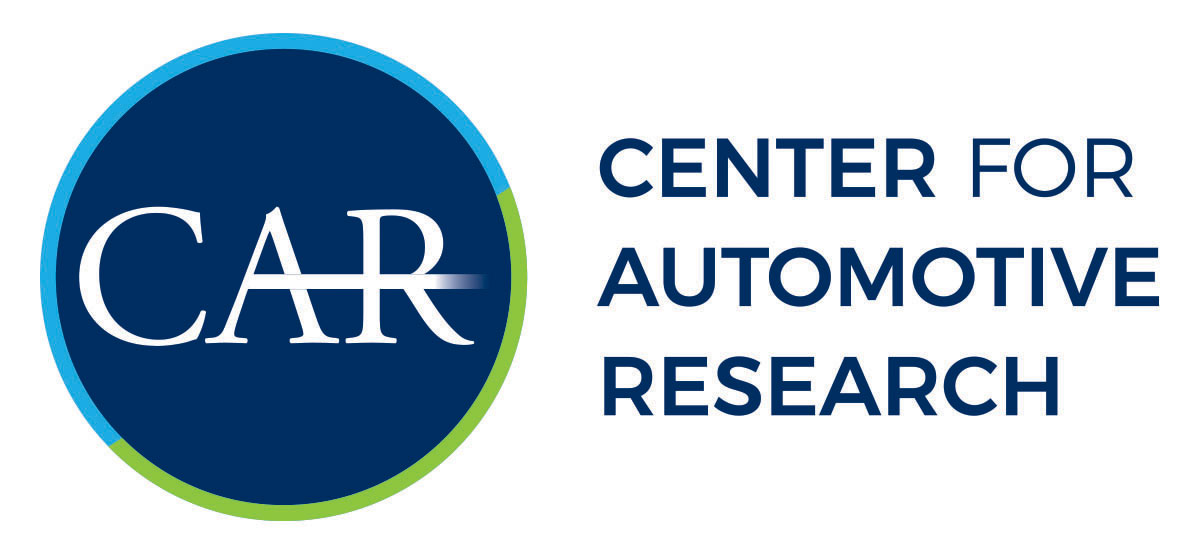Assessment of Tax Revenue Generated by the Automotive Sector
This study describes the financial contribution of the motor vehicle industry in supporting federal and state governments through tax revenues, and also examines multiple instruments that generate tax revenues at various points in the automotive product lifecycle....The Bio-Based Materials Automotive Value Chain
The study examines the bio-based automotive parts and components market and identifies several successful approaches to increase commercialization of bio-based materials in automotive components. This report includes an examination of the status of current bio-based materials technology and use within the automotive industry, emerging industry trends toward deployment of bio-based materials, leading organizations that are active in the automotive bio-based materials sector, and feedstock and resource base considerations associated with production of bio-based materials.
Methodology for Creating a Matrix to Assess the Domestic Content of a Vehicle by Make and Model
Establishing the domestic content of a motor vehicle is not the straightforward question that it would seem to be. The complexity of the motor vehicle, as well as the complexity of the motor vehicle industry, have made the determination of the exact percentage of domestic content of a vehicle a daunting task. It is, however, an important task to undertake, as the origins of a motor vehicle affect society in a variety of ways – for example, consumer decisions to purchase imported motor vehicles impact employment in the U.S. industry. This paper examines the various metrics used to determine how much of a motor vehicle is considered to be domestically produced.
Repurposing Former Auto Manufacturing Sites
As the automotive landscape in the United States has changed during its 100+ year presence in the country, many manufacturing facilities have closed. But in the recent economic downturn, the auto industry went through an accelerated restructuring, downsizing...Economic Impact of Hyundai in the United States
This study estimates the economic impact in 2011 of Hyundai’s U.S. operations on the U.S. economy. In addition to the direct workers employed by Hyundai in all of its U.S. operations, many more people are needed to supply the goods and services that are directly or indirectly related to the operations of a motor vehicle company, or have jobs that are supported when the direct and indirect workers spend their paychecks in their communities.
2011 Detroit 3-UAW Labor Contract Negotiations
CAR Breakfast Briefing presentation on the Detroit 3–UAW Labor Contract Negotiations that took place at Schoolcraft Community College, Livonia, Michigan on November 29, 2011.
Green and Connected: A White Paper for the Michigan Department of Transportation
Two of the most important developments in automotive technology currently underway are the introduction of vehicle communications and the electrification of the powertrain. While these two technologies largely have evolved separately, their future evolution will not be in isolation. Furthermore, these two technologies reinforce one another, each making the other more effective. Recognizing this potential, the Center for Automotive Research (CAR), with the support of the Michigan Department of Transportation (MDOT), a recognized leader in connected vehicle technology, has investigated the linkages and synergies between these two technologies and their coincidental development. This document presents CAR’s observations on the potential of these two technologies to make each other stronger in the market. Ultimately, the goals of this paper are to raise awareness of the potential added benefits of being “green and connected” and to begin a dialogue on how best to achieve these benefits
